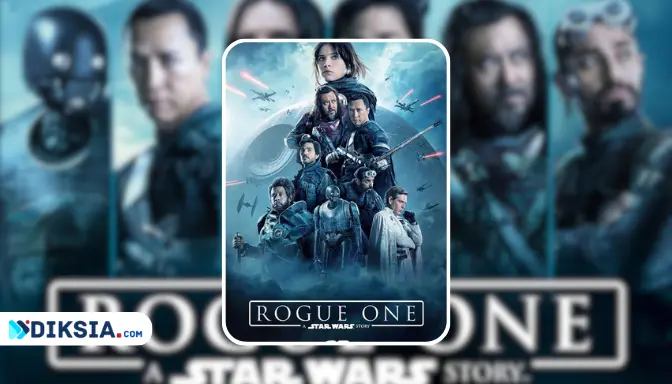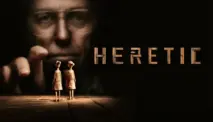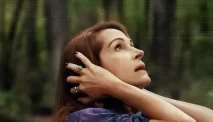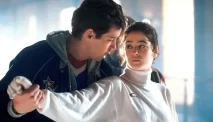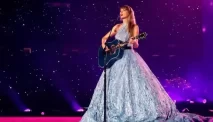However, things changed in 2012, when Disney acquired Lucasfilm and announced plans to produce new Star Wars films, including standalone films that would expand the Star Wars universe. Knoll saw this as an opportunity to revive his idea, and he pitched it again to Kathleen Kennedy, the president of Lucasfilm and the producer of the new films. Kennedy liked the idea and greenlit it, making it the first Star Wars anthology film to enter development.
Knoll then teamed up with Gary Whitta, a screenwriter and former video game journalist, to write the story for the film. They came up with the title Rogue One, which was a homage to Rogue Squadron, a group of elite rebel pilots that appeared in the original trilogy and the expanded universe. They also created the main characters and the plot outline, which involved a team of rebels infiltrating the Empire to steal the plans of the Death Star.
Whitta wrote the first draft of the screenplay, which was then revised by Chris Weitz, another screenwriter who had worked on films such as About a Boy and Cinderella. Weitz added more depth and humor to the characters and the dialogue, and also made some changes to the story, such as introducing the character of Saw Gerrera, a rebel extremist who had appeared in the animated series Star Wars: The Clone Wars.
The film was then assigned to Gareth Edwards, a British director who had impressed Lucasfilm with his low-budget sci-fi film Monsters and his blockbuster remake of Godzilla. Edwards was a huge fan of Star Wars, and he wanted to make a film that would capture the spirit and the style of the original trilogy, while also bringing something new and fresh to the franchise. He envisioned Rogue One as a war film, a gritty and realistic depiction of the conflict between the rebels and the Empire, influenced by films such as Saving Private Ryan, The Dirty Dozen, and The Bridge on the River Kwai.
Edwards also wanted to make the film as authentic and immersive as possible, using practical effects, real locations, and handheld cameras. He hired Greig Fraser, an Australian cinematographer who had worked on films such as Zero Dark Thirty and Lion, to create a natural and cinematic look for the film. He also hired Neil Corbould, a veteran special effects supervisor who had worked on films such as Gladiator and Gravity, to create the physical effects for the film, such as explosions, pyrotechnics, and miniatures.
